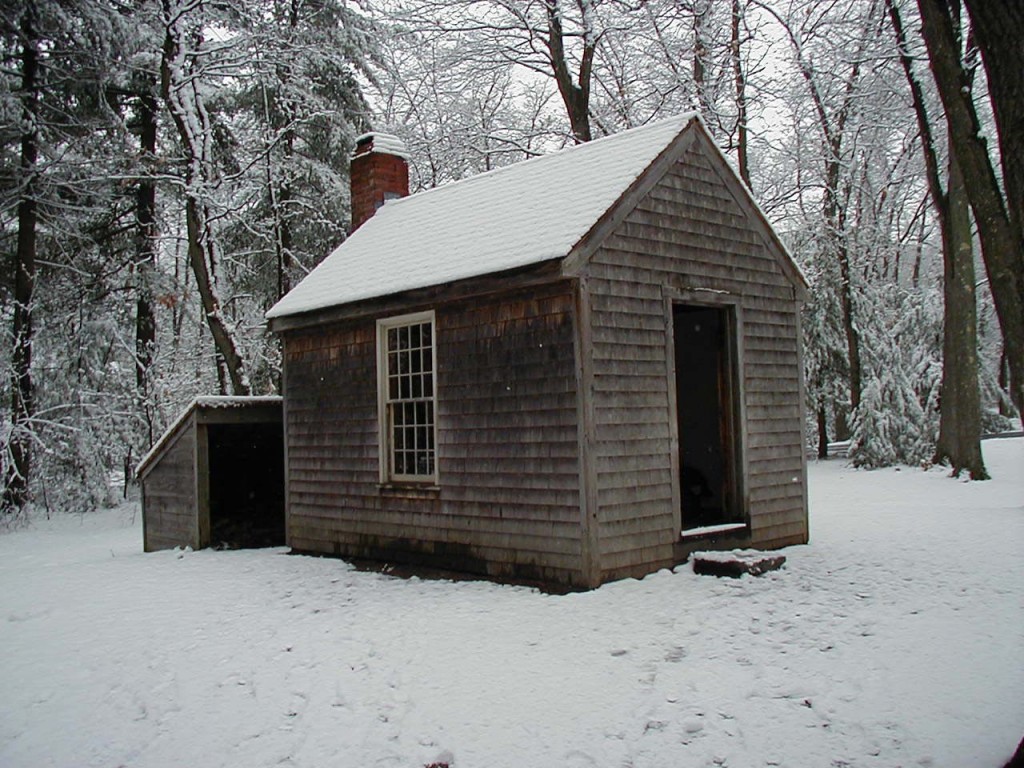On Wabi-Sabi Weekends, I post excerpts from my book, Simply Imperfect: Revisiting the Wabi-Sabi House.
Sitting quietly, doing nothing
Spring comes, and the grass grows by itself.
–Zenrin, The Gospel According to Zen
The words wabi and sabi weren’t always linked, although they’ve been together for such a long time that many people use them interchangeably. I met a Tea teacher who hates the phrase because the marriage dilutes the two words’ separate identities. A Kyoto Tea master laughed and said they’re thrown together because it sounds catchy, like “ping-pong” and “ding dong.” I never did find out why exactly they came together, but as a phrase, wabi-sabi becomes more than the sum of its parts.
Honoring modest living and the ever-changing moment, wabi-sabi is the Japanese art of finding beauty in imperfection and profundity in nature, of accepting the natural cycle of growth, decay and death. It’s simple, slow and uncluttered—and it reveres authenticity above all. Wabi-sabi is flea markets, not warehouse stores; aged wood, not Pergo; rice paper, not glass.
Minimalist wabi-sabi reveres age and celebrates humans over invulnerable machines. It celebrates cracks and crevices and all the marks that time, weather and use leave behind. It reminds us that we are all transient beings—that our bodies and the material world around us are in the process of returning to the dust from which we came. Through wabi-sabi, we learn to embrace both the glory and the impersonal sadness of liver spots, rust and frayed edges, and the march of time they represent.
Wabi-sabi is underplayed and understated, the kind of quiet, undeclared beauty that waits patiently to be discovered. It’s a fragmentary glimpse: the branch representing the entire tree, shoji screens filtering the sun, the moon mostly obscured behind a ribbon of cloud. It’s a richly mellow beauty that’s striking but not obvious, that you can imagine having around you for a long, long time—Katherine Hepburn versus Marilyn Monroe.
For the Japanese, it’s the difference between kirei—“merely pretty”—and omoshiroi, the interestingness that kicks something into the realm of beautiful. (Omoshiroi literally means “white-faced,” and its meanings range from fascinating to fantastic.)
It’s the peace found in a moss garden, the musty smell of geraniums, the astringent taste of powdered green tea. My favorite Japanese phrase for describing wabi-sabi is natsukashii furusato, “an old memory of my home town.” (As more Japanese people have moved from the countryside to Tokyo and Osaka, this phrase has become more prevalent. Even those who never had roots in a small village want the experience; well-off Japanese people can rent prototypical country houses—complete with grandparents—for weekends.)
